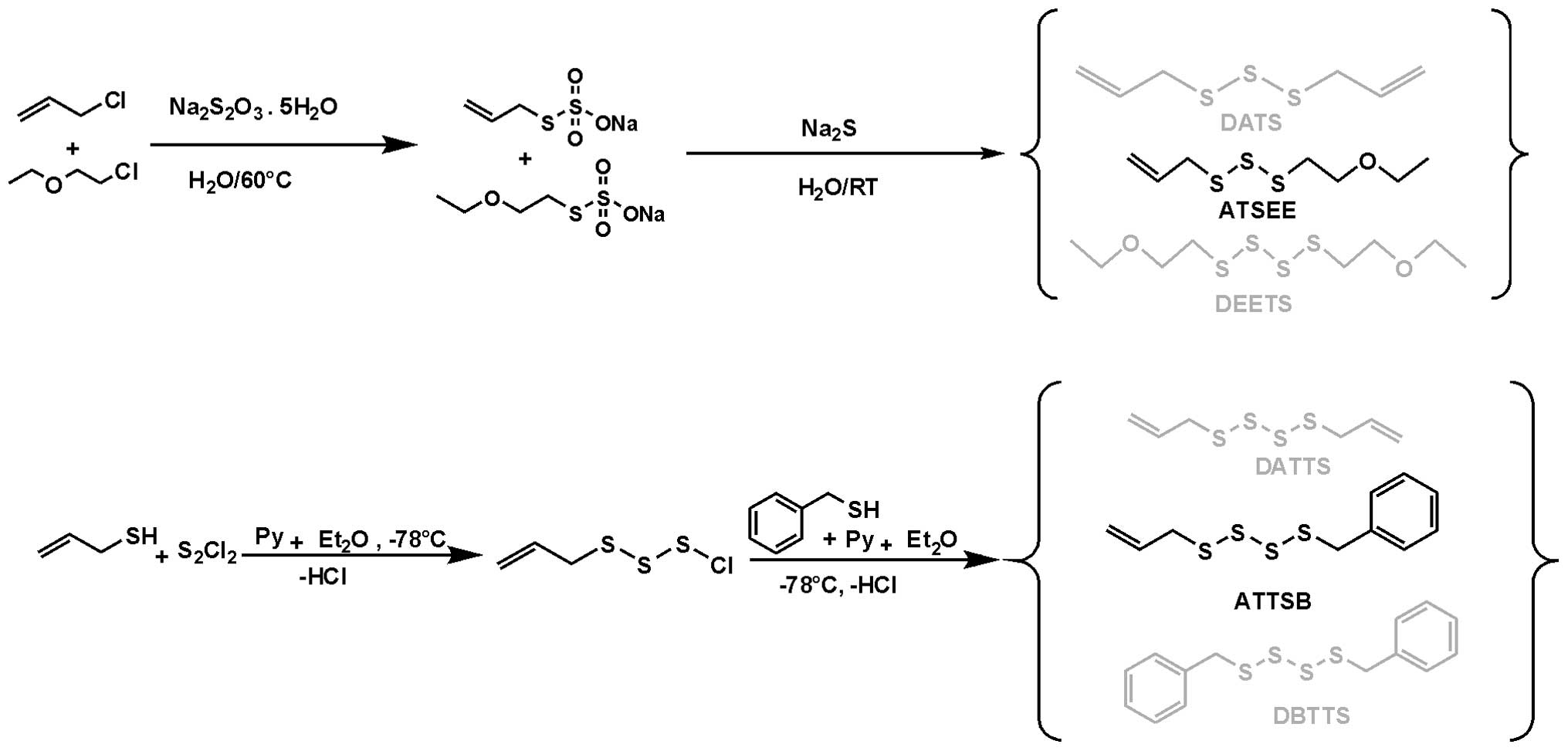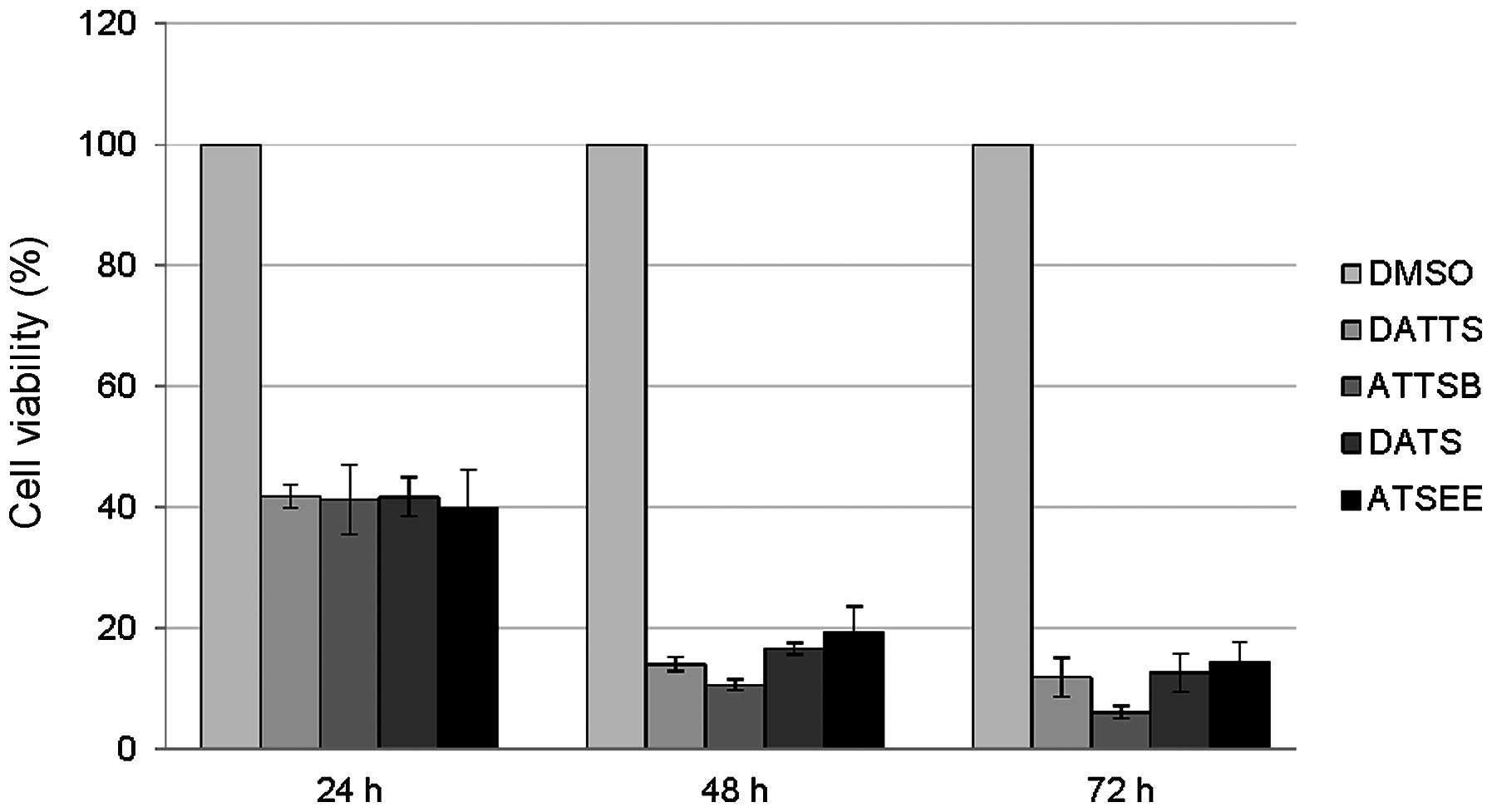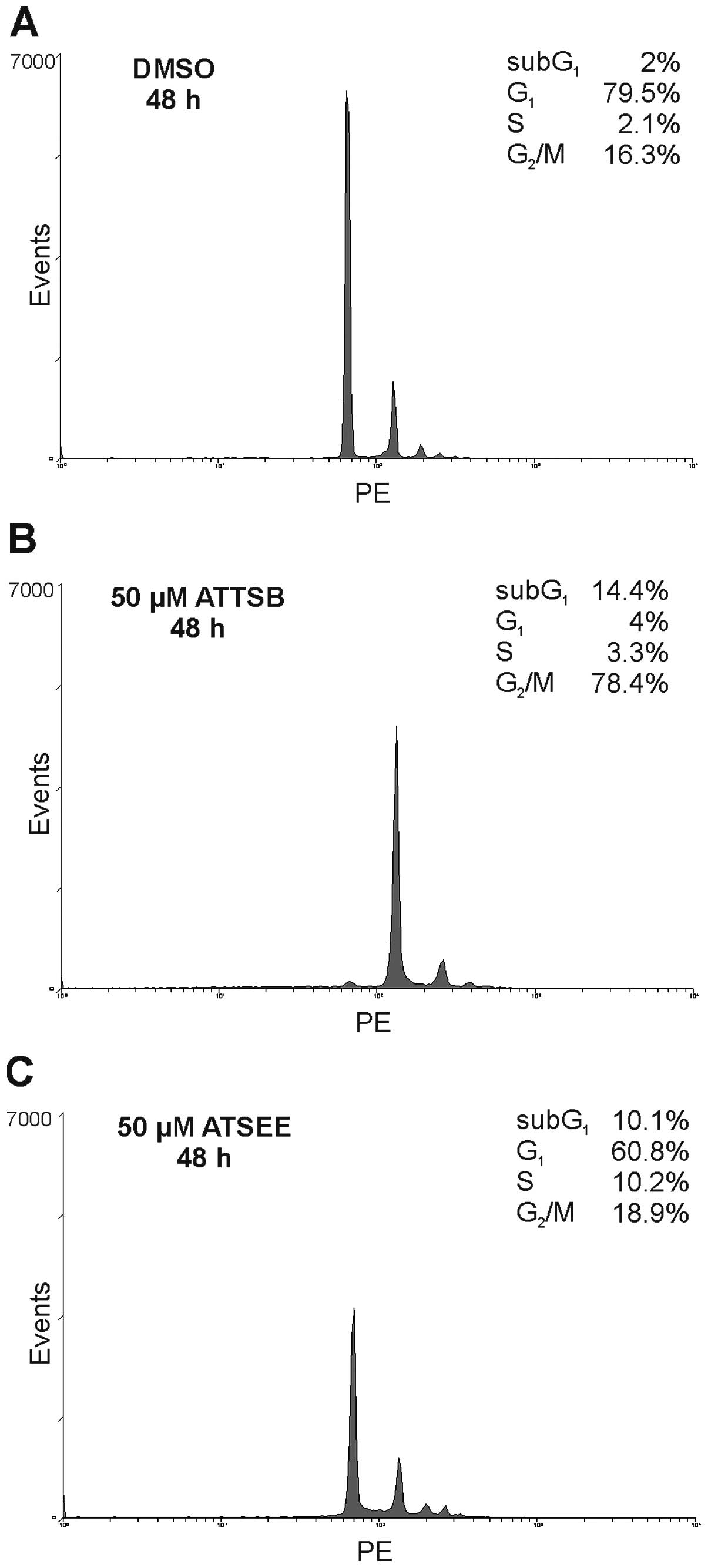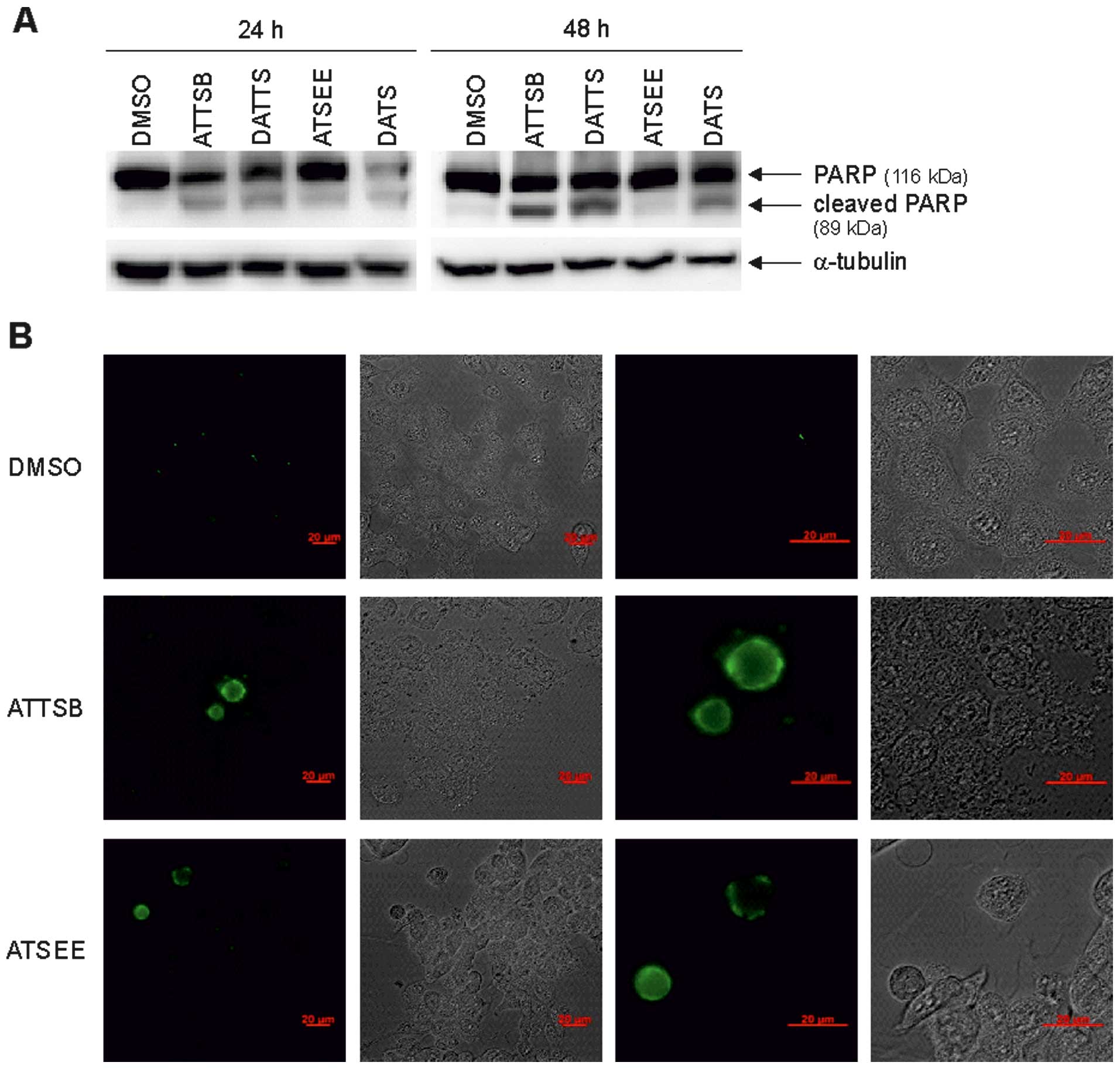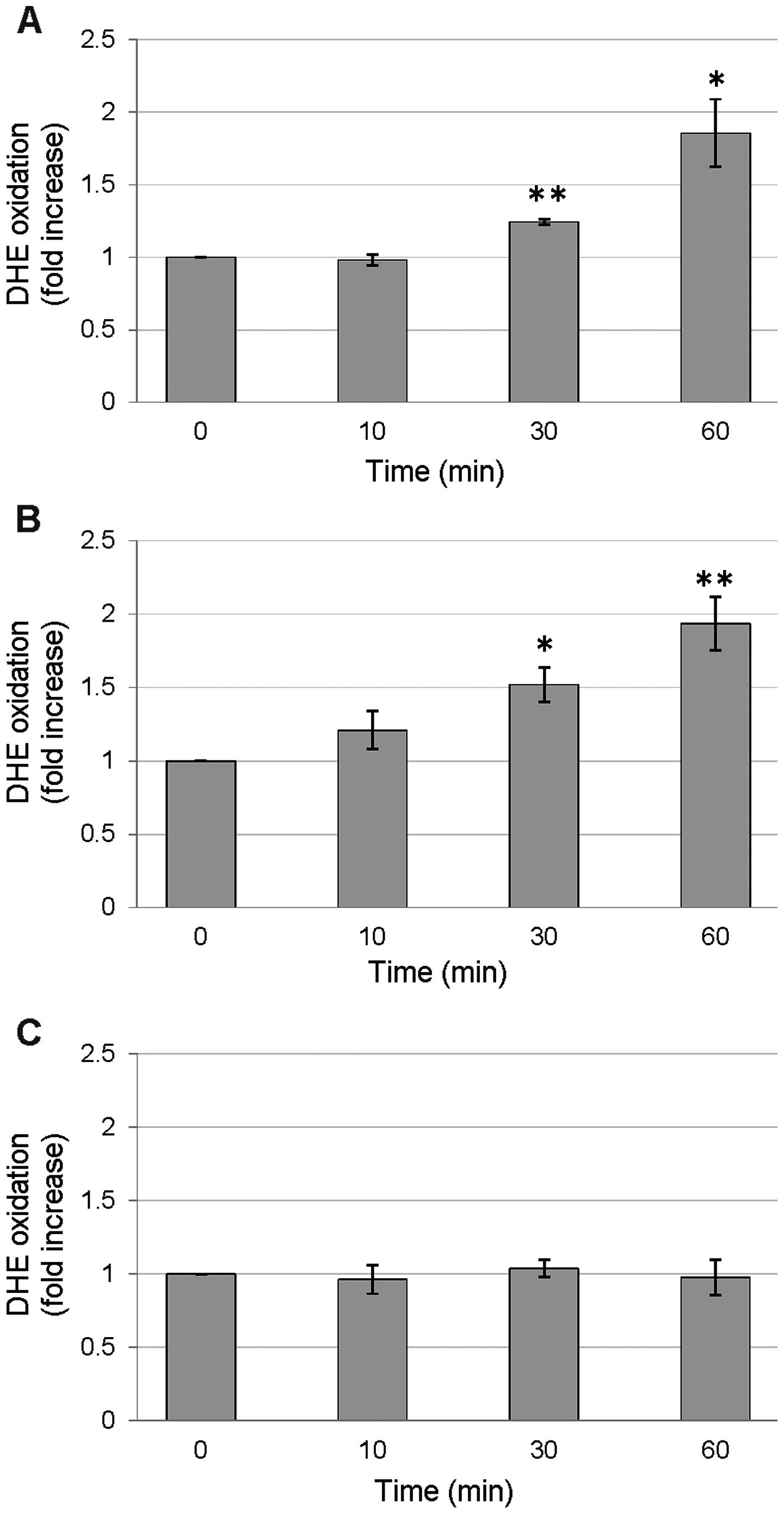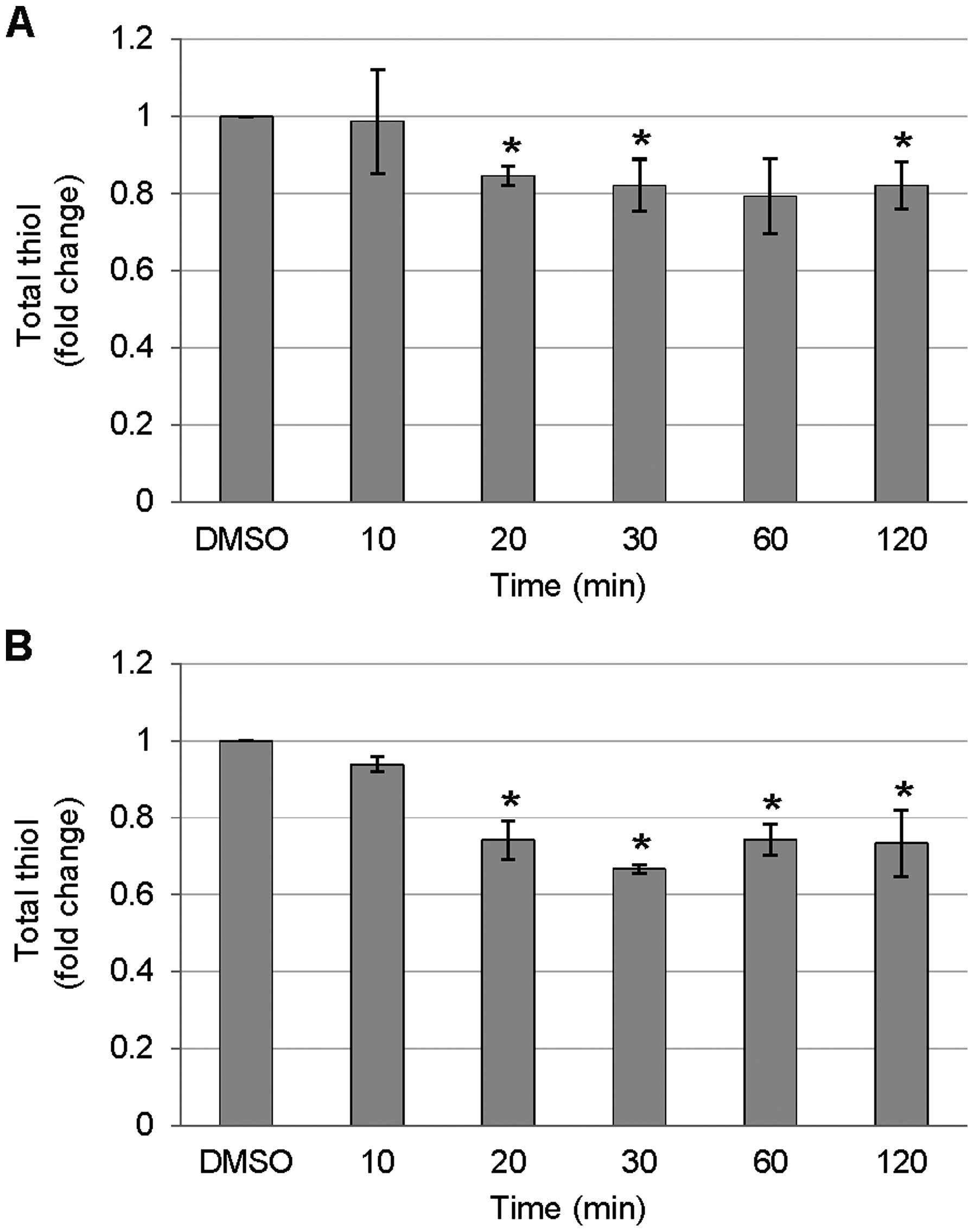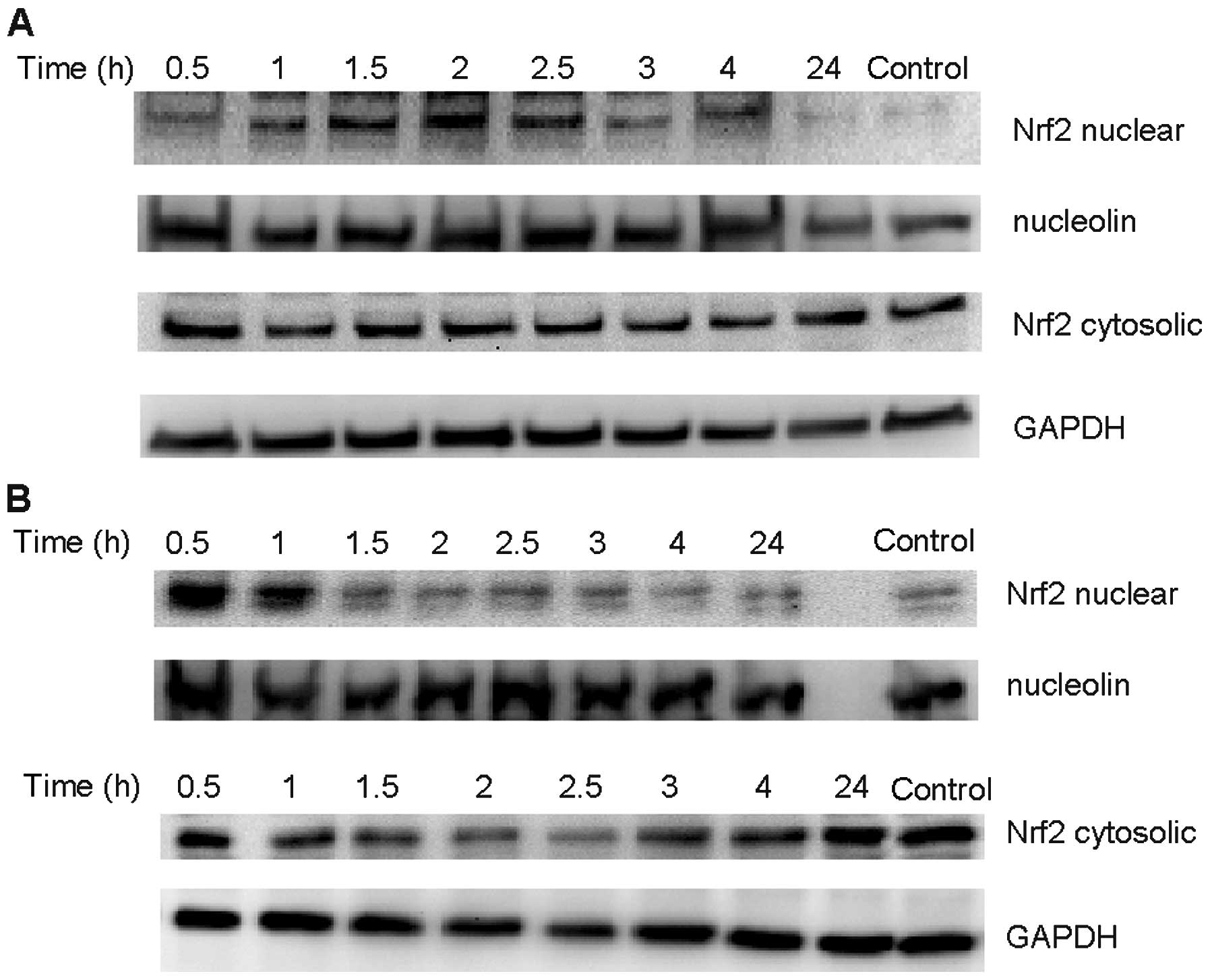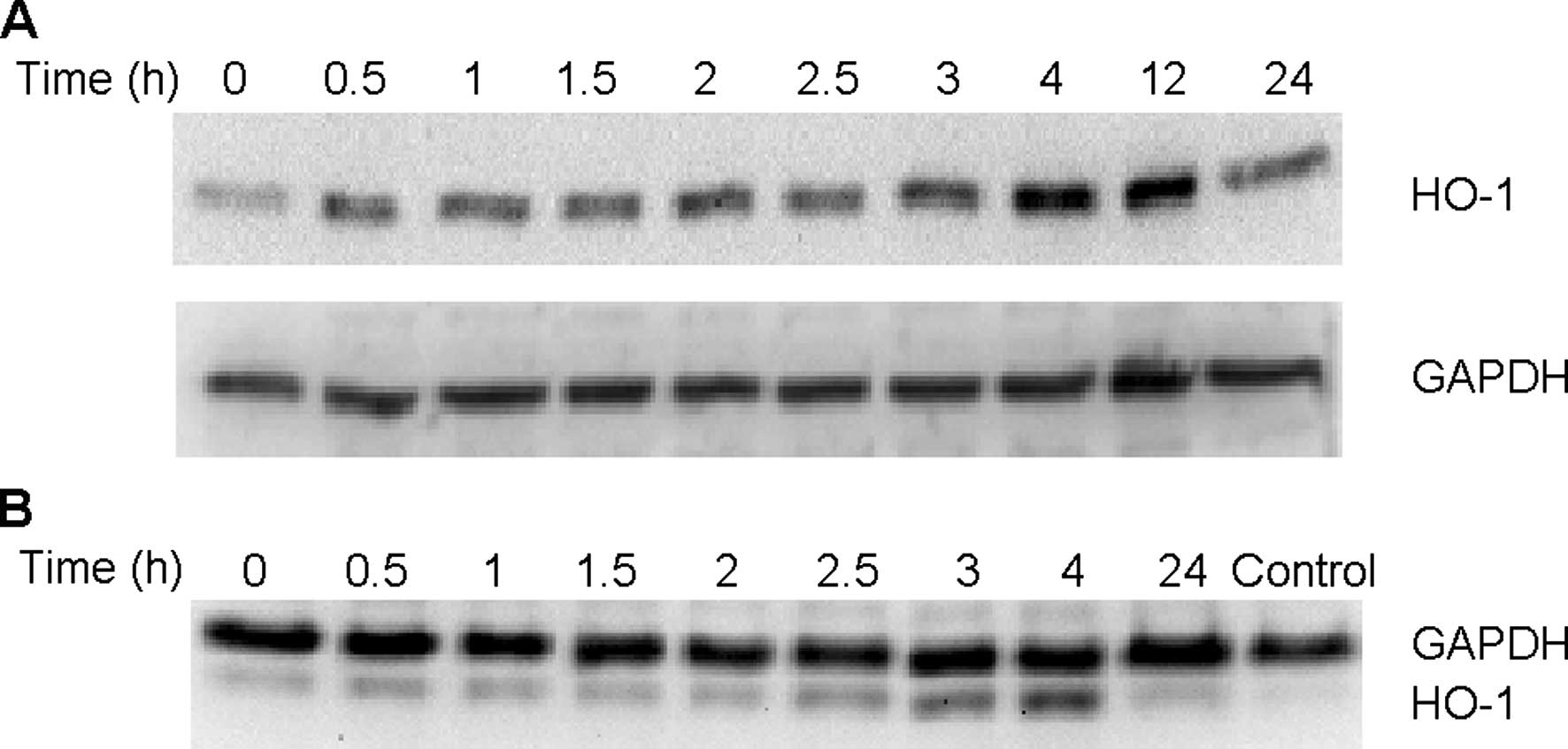|
1
|
Block E: Garlic and Other Alliums. The
Royal Society of Chemistry; Cambridge: 2010
|
|
2
|
Hofmann AW and Cahours A: Researches on a
new class of alcohols. Philos Trans R Soc Lond. 147:555–574. 1857.
View Article : Google Scholar
|
|
3
|
Semmler FW: Essential oil of garlic
(Allium sativum). Arch Pharm. 230:434–448. 1892. View Article : Google Scholar
|
|
4
|
Milligan B, Saville B and Swan JM: New
syntheses of trisulfides. J Chem Soc. 1961:4850–4853. 1961.
View Article : Google Scholar
|
|
5
|
Derbesy G and Harpp DN: A simple method to
prepare unsymmetrical disulfide, trisulfide and tetrasulfide.
Tetrahedron Lett. 35:5381–5384. 1994. View Article : Google Scholar
|
|
6
|
Czepukojc B, Leroch M, Salm F, Viswanathan
UM, Burkholz T, Hahn M and Jacob C: Antifungal activity of
tetrasulfanes against Botrytis cinerea. Nat Prod Commun.
8:1599–1603. 2013.
|
|
7
|
Czepukojc B, Baltes AK, Cerella C, Kelkel
M, Viswanathan UM, Salm F, Burkholz T, Schneider C, Dicato M,
Montenarh M, et al: Synthetic polysulfane derivatives induce cell
cycle arrest and apoptotic cell death in human hematopoietic cancer
cells. Food Chem Toxicol. 64:249–257. 2014. View Article : Google Scholar
|
|
8
|
Marut W, Jamier V, Kavian N, Servettaz A,
Winyard PG, Eggleton P, Anwar A, Nicco C, Jacob C, Chéreau C, et
al: The natural organosulfur compound dipropyltetrasulfide prevents
HOCl-induced systemic sclerosis in the mouse. Arthritis Res Ther.
15:R1672013. View
Article : Google Scholar : PubMed/NCBI
|
|
9
|
Kelkel M, Cerella C, Mack F, Schneider T,
Jacob C, Schumacher M, Dicato M and Diederich M: ROS-independent
JNK activation and multisite phosphorylation of Bcl-2 link diallyl
tetrasulfide-induced mitotic arrest to apoptosis. Carcinogenesis.
33:2162–2171. 2012. View Article : Google Scholar : PubMed/NCBI
|
|
10
|
Jacob C, Battaglia E, Burkholz T, Peng D,
Bagrel D and Montenarh M: Control of oxidative posttranslational
cysteine modifications: From intricate chemistry to widespread
biological and medical applications. Chem Res Toxicol. 25:588–604.
2012. View Article : Google Scholar
|
|
11
|
Montenarh M: Diallyl sulfides and the
decision about life and death of a cell. Natural Compounds as
Inducers of Cell Death. I. Diederich M: Springer Science Business
Media; Dordrecht: pp. 329–344. 2012, View Article : Google Scholar
|
|
12
|
Montenarh M and Saidu NEB: The effect of
diallyl polysulfanes on cellular signaling cascades. Nat Prod
Commun. 7:401–408. 2012.PubMed/NCBI
|
|
13
|
Saidu NEB, Abu Asali I, Czepukojc B, Seitz
B, Jacob C and Montenarh M: Comparison between the effects of
diallyl tetra-sulfide on human retina pigment epithelial cells
(ARPE-19) and HCT116 cells. Biochim Biophys Acta. 1830:5267–5276.
2013. View Article : Google Scholar : PubMed/NCBI
|
|
14
|
Saidu NEB, Valente S, Bana E, Kirsch G,
Bagrel D and Montenarh M: Coumarin polysulfides inhibit cell growth
and induce apoptosis in HCT116 colon cancer cells. Bioorg Med Chem.
20:1584–1593. 2012. View Article : Google Scholar : PubMed/NCBI
|
|
15
|
Saidu NEB, Touma R, Asali IA, Jacob C and
Montenarh M: Diallyl tetrasulfane activates both the eIF2α and
Nrf2/HO-1 pathways. Biochim Biophys Acta. 1830:2214–2225. 2013.
View Article : Google Scholar
|
|
16
|
Cerella C, Scherer C, Cristofanon S, Henry
E, Anwar A, Busch C, Montenarh M, Dicato M, Jacob C and Diederich
M: Cell cycle arrest in early mitosis and induction of
caspase-dependent apoptosis in U937 cells by diallyltetrasulfide
(Al2S4). Apoptosis. 14:641–654. 2009. View Article : Google Scholar : PubMed/NCBI
|
|
17
|
Doering M, Ba LA, Lilienthal N, Nicco C,
Scherer C, Abbas M, Zada AA, Coriat R, Burkholz T, Wessjohann L, et
al: Synthesis and selective anticancer activity of organochalcogen
based redox catalysts. J Med Chem. 53:6954–6963. 2010. View Article : Google Scholar : PubMed/NCBI
|
|
18
|
Busch C, Jacob C, Anwar A, Burkholz T,
Aicha Ba L, Cerella C, Diederich M, Brandt W, Wessjohann L and
Montenarh M: Diallylpolysulfides induce growth arrest and
apoptosis. Int J Oncol. 36:743–749. 2010.PubMed/NCBI
|
|
19
|
Ghibelli L, Fanelli C, Rotilio G, Lafavia
E, Coppola S, Colussi C, Civitareale P and Ciriolo MR: Rescue of
cells from apoptosis by inhibition of active GSH extrusion. FASEB
J. 12:479–486. 1998.PubMed/NCBI
|
|
20
|
Franco R and Cidlowski JA: SLCO/OATP-like
transport of glutathione in FasL-induced apoptosis: Glutathione
efflux is coupled to an organic anion exchange and is necessary for
the progression of the execution phase of apoptosis. J Biol Chem.
281:29542–29557. 2006. View Article : Google Scholar : PubMed/NCBI
|
|
21
|
Melino S, Sabelli R and Paci M: Allyl
sulfur compounds and cellular detoxification system: Effects and
perspectives in cancer therapy. Amino Acids. 41:103–112. 2011.
View Article : Google Scholar
|
|
22
|
Laragione T, Gianazza E, Tonelli R, Bigini
P, Mennini T, Casoni F, Massignan T, Bonetto V and Ghezzi P:
Regulation of redox-sensitive exofacial protein thiols in CHO
cells. Biol Chem. 387:1371–1376. 2006. View Article : Google Scholar : PubMed/NCBI
|
|
23
|
Itoh K, Tong KI and Yamamoto M: Molecular
mechanism activating Nrf2-Keap1 pathway in regulation of adaptive
response to electrophiles. Free Radic Biol Med. 36:1208–1213. 2004.
View Article : Google Scholar : PubMed/NCBI
|















